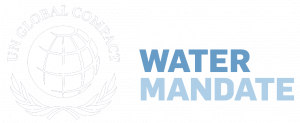Yes, this guide includes methods for quantifying the volumetric water benefits of activities that address shared water challenges related to water quality, specifically, water quality challenges related to turbidity, excess nutrients, and/or industrial pollution.
Yes, treated wastewater can be claimed as a volumetric water benefit when the volume treated is provided for beneficial use in the catchment and addresses specific water quantity challenges (e.g., surface or groundwater availability or increased demand); or when the volume treated addresses a specific water quality challenges in the catchment, for example, when there is no regulatory requirement, or the regulatory requirement in place doesn’t address the local water quality challenges.
Yes, examples of nature-based solution activities and recommended volumetric water benefit indicators are included under the water quantity and quality shared water challenges in the table in Appendix 1, because they ultimately contribute to improving water quantity, quality, or both. Example nature-based solution activities include wetland protection, wetland restoration and creation, constructed wetland treatment systems, land conservation, and land cover restoration. However, for now, only shared water quality challenge-related activities can be claimed with the curve number methodology.
Yes, volumetric water benefits resulting from water governance or catalytic activities can be estimated using the same volumetric water benefit indicators required to measure the volumetric water benefits of the water stewardship activities that the water governance and catalytic activities ultimately deliver.
Yes, water access projects can provide volumetric water benefits when the water source is sustainable, the increasing demand is not causing negative impacts on the local hydrology, the beneficiaries have access to sanitation service and are trained in hygiene, and the volume of water claimed is being used as the main drinking water source of the beneficiaries.
